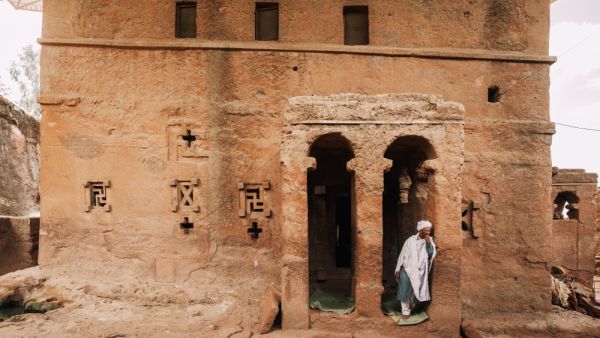Rebels from Ethiopia's war-hit Tigray region seized Lalibela, a UNESCO World Heritage Site.
Lalibela is a town in the Amhara region of northern Ethiopia. It's known for its distinctive rock-cut churches dating from the 12th and 13th centuries, which are pilgrimage sites for Coptic Christians. Carved out of rock, the subterranean monoliths include huge Bete Medhane Alem, and cross-shaped Bete Giyorgis. Many are joined by tunnels and trenches, and some have carved bas-reliefs and colored frescoes inside.
situation the displaced people are living in. It's the rainy season, the conflict is continuing, it's nonstop... The government is trying to defend and to stop TPLF but it is very difficult."https://t.co/Tfagt8YYvf
— El Duque (@Galaxy2Galaxy5) August 6, 2021
What goes around then comes around.
Humanitarian operations in Tigray remain highly compromised by lack of access into the region and depleting relief supplies. Access is hampered by ongoing armed hostilities in boundary areas.
A conflict between the government of Ethiopia and forces in its northern Tigray region has thrown the country into turmoil. Fighting has been going on since November 2020, destabilizing the country, leaving thousands of people dead. A power struggle, an election, and a push for political reform are among several factors that led to the crisis.
BBC
Tigray rebels seize Unesco site of Lalibela in Ethiopia's Amhara regionhttps://t.co/mbRgDjQLmL pic.twitter.com/EC3yWbZs2B
— Nation Africa (@NationAfrica) August 6, 2021
TPLF drew criticism from the world and, according to Ethiopian officials, displaced hundreds of thousands of civilians. world leaders are urging the TPLF to commit to a ceasefire to facilitate aid delivery in Tigray, where the UN estimates fighting has pushed 400,000 people into famine-like conditions.







